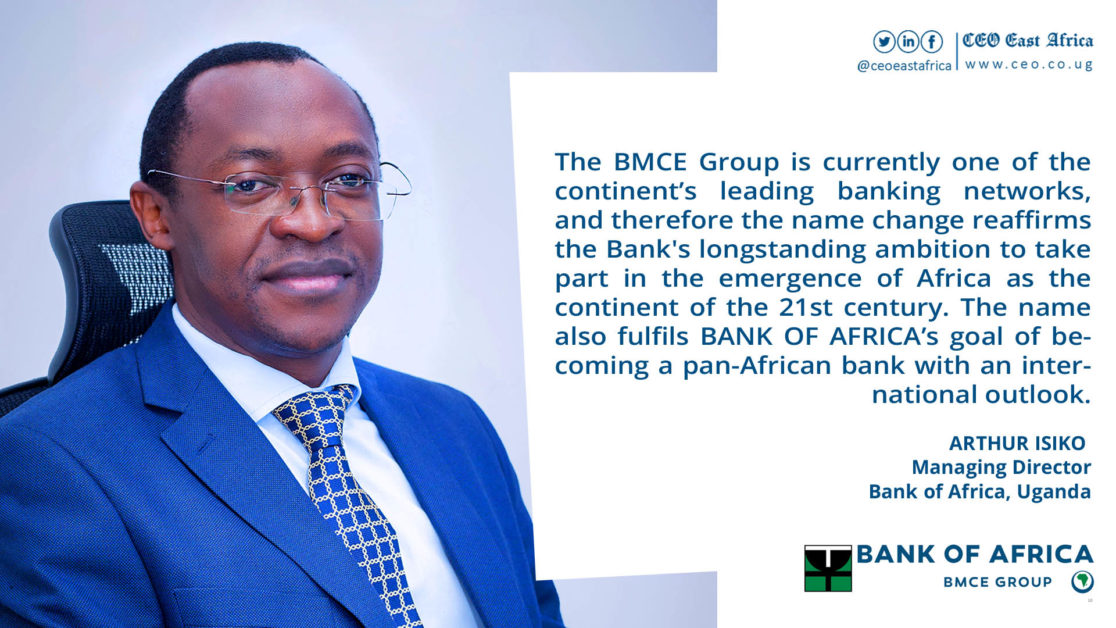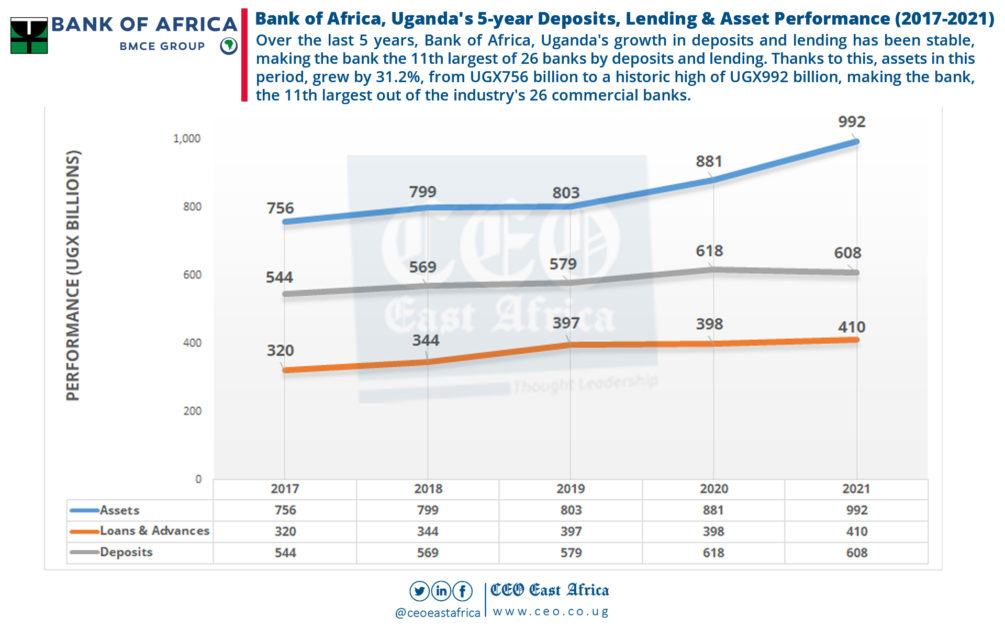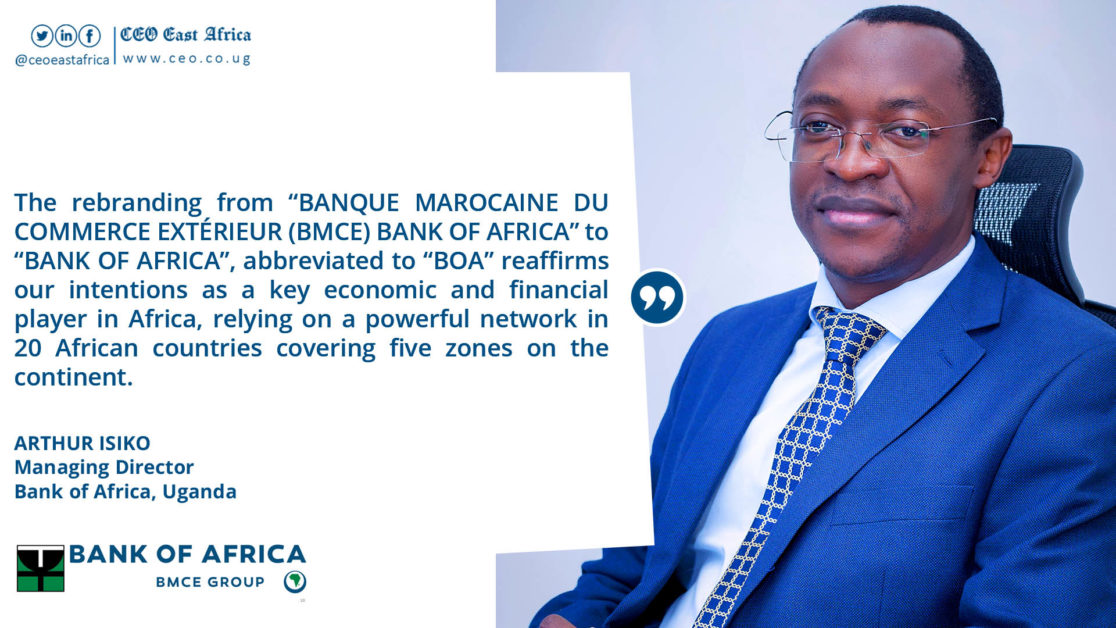Due to an explosion of technology, the world is becoming one big borderless global trading village, active 24/7. The way of life is now more synchronized providing endless opportunities for trade.
Uganda as an example now derives 52% (USD2.012 billion out of USD3.890 billion) of its exports revenue from her African trading partners (led by Kenya, DRC, South Sudan, and Tanzania) compared to 29% (USD136.1 million out of USD470 million) in FY2001/02.
In the next 5 years, the African Continental Free Trade Area (AfCFTA) is expected to open further, a market of 1.3 billion people across 55 African countries with a combined gross domestic product (GDP) of USD3.4 trillion. This, according to a recent World Bank study, will boost Africa’s income by USD450 billion by 2035 (a gain of 7 per cent). AfCFTA will also increase Africa’s exports by USD560 billion, according to the study, titled: The African Continental Free Trade Area Economic and Distributional Effects.
Opportunity meets the prepared, no doubt.
It is against this background that Banque Marocaine du Commerce Extérieur (BMCE) Bank of Africa” one of Africa’s largest banking groups with a presence in eighteen countries has rebranded, to simply, Bank of Africa- a move it says is aimed at realigning its name to its renewed pro-Africa agenda.
“The visual identity now highlights the name ‘Bank of Africa’ and its belonging to BMCE Group. Alongside the name, is the new corporate icon that is in the shape of a cut diamond, which is a reference to the African continent and its resilient growth,” Mr. Isiko explained, in an interview with CEO East Africa Magazine.
Explaining further the changes in the brand’s visual identity, Isiko said that the distinctive green colour in the logo and the “much-loved corporate icon” have however remained.
“Additionally, we will continue to use our slogan: ‘As strong as a group, as close as a partner,” which is synonymous with the Bank,” he said.
“Bank of Africa has transformed from a foreign trade institution into a universal bank and a continental Group with ambitions of a pan-African Bank with an international outlook over the years. Additional acquisitions on the African continent between 2007 and 2020 have confirmed the Group’s long-term commitment to the African continent.,” Arthur Isiko, the Bank of Africa Uganda Managing Director, told CEO East Africa Magazine in an interview.

“Building on its international successes, Bank of Africa has continued to expand overseas with a presence in China to promote Africa’s development. Consequently, the Bank changed its name from Banque Marocaine du Commerce Extérieur (BMCE) Bank of Africa to Bank of Africa, abbreviated to “BOA” thus reaffirming its business intentions as a key economic and financial player in Africa, relying on a powerful network in 15 African countries covering five zones on the continent,” Mr. Isiko further explained.
Isiko said that the rebranding of the bank, “connotes a bank serving Africa and its development across the world, driven by its expertise in innovation, progress, and excellence at the forefront.”
“The Group is currently one of the continent’s leading banking networks, and therefore the name change reaffirms the Bank’s longstanding ambition to take part in the emergence of Africa as the continent of the 21st century. The name also fulfils Bank of Africa’s goal of becoming a pan-African bank with an international outlook.”
Established in 1982, in Mali, the Bank of Africa Group has grown to be one of Africa’s largest banking groups, present in 20 countries- 8 in West Africa (Benin, Burkina Faso, Côte d’Ivoire, Ghana, Mali, Niger, Togo, and Senegal); 8 in East Africa and the Indian Ocean region (Burundi, Djibouti, Ethiopia, Kenya, Madagascar, Uganda, Rwanda, Tanzania) as well as the Democratic Republic of Congo.
As of December 2021, the Group recorded a consolidated balance sheet of EUR 9.4 billion and a consolidated net income of EUR 164.5 million as well as 6,500 employees.
Its business includes commercial banking, leasing, brokerage, investment banking, and asset management.
Bank of Africa – BMCE Group was founded by the Moroccan government in 1959 as a public bank. It was the first Moroccan bank to establish a presence outside of Morocco in 1975.
Bank of Africa, Uganda: As strong as a group- as close as a partner
In Uganda, Bank of Africa started its operations in January 1985 as a small deposit-taking private company within a family business conglomerate. In July 1991, it evolved into an investment bank and in November 1996, it was granted a commercial banking license as Sembule Commercial Bank. In October 1997, the shareholders of the Bank successfully secured co-investors in the form of Banque Belgolaise of Belgium (then part of Fortis Group) and The Netherlands Development Finance Company (FMO) who recapitalized the Bank and re-branded it as Allied Bank International.
It was run under this arrangement until December 2006 when Banque Belgolaise divested its ownership to Bank of Africa Group SA, an international banking consortium. The change in ownership was accompanied by a change of name to Bank of Africa Uganda Ltd. With the acquisition of a controlling stake in the Bank of Africa Group SA in 2010 by BMCE Bank of Africa, the bank became part of the BMCE Bank of Africa Group.

Headquartered in Kampala, Bank of Africa Uganda, has thirty-three branches countrywide, 32 ATMs across the country, and over 350 employees.
The bank provides a full range of banking products and services to large corporate companies, retail clientele, and Small and Medium Enterprises including Personal and Private Banking, Trade Finance, Investment, Custodial & Treasury Services, and Funds Transfers and Foreign Exchange Services, among others.
Over the last 5 years, Bank of Africa has grown steadily, with deposits growing from UGX544 billion, reaching an all-time high of UGX618 billion at the end of 2020. However, in 2021, there was a slight 1.6% decline to UGX608 billion, due to the Covid-19 pandemic. As of the end of December 2021, the bank was the 11th largest by deposits, out of twenty-six banks.
Thanks to healthy growth in deposits, between 2017 and 2021, Bank of Africa, Uganda’s lending grew by 28% from UGX320 billion to UGX410 billion, earning the bank, the 11th position, out of the twenty-six banks.
Bank of Africa’s assets, between 2017 and 2021, also grew by 31.2%, from UGX756 billion to a historic high of UGX992 billion, making the bank, the 11th largest out of the industry’s twenty-six commercial banks.
Over this period, the bank has also remained profitable, with net profit growing by a Compounded Annual Growth Rate (CAGR) of 10.7%. As of 31st December 2021, the bank made UGX27.7 billion, making it the ninth most profitable bank in the country.
The bank is also adequately capitalized. Over the last 5 years, Total Qualifying Capital has grown at a steady Compounded Annual Growth Rate (CAGR) of 13.6%, to reach UGX136 billion as of 31st December 2021.
Overall, Bank of Africa Uganda is the 11th largest bank by deposits, lending, and assets as well as the ninth most profitable.
When asked how the rebranding will affect the banking operations in Uganda, Isiko reiterated that the rebranding further strengthens the bank’s commitment to Uganda.

“The name change exemplifies the Bank’s unwavering commitment to continue serving customers with efficiency and courtesy. We pride ourselves on heeding the needs of our customers through the continuous enhancement of their experience and continuously contributing to the development of all our stakeholders. We recognize that we have a critical role to play in the financial services sector and we pledge to stand with all Ugandans – to provide advice and services, facilitate economic growth, and continuously support local communities to thrive,” he said.
He added that the bank will “continue to make significant contributions through major interventions, especially in the biggest impact areas of our economy – education, trade, construction, and retail sectors.”
“Bank of Africa is constantly investing for the future and will continue to invest and innovate to ensure our future prosperity. BOA is unleashing the new identity on a replenishment cycle, so as old branding and branded items are turned over, the new identity will emerge across the country,” he concluded.
